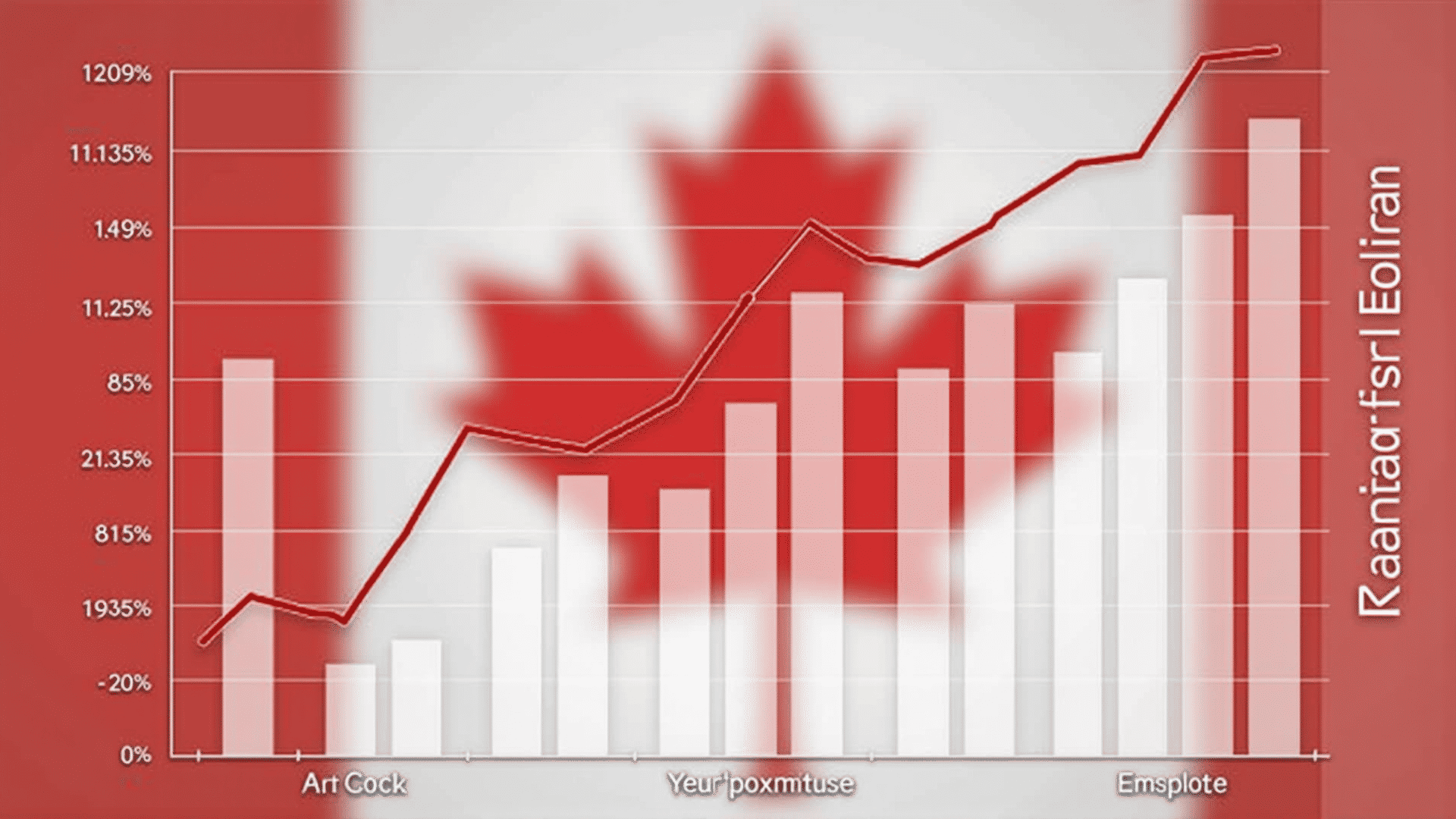Navigating the complexities of economic patterns is crucial for understanding the factors influencing our nation's prosperity. Analyzing these shifts requires a keen awareness of various indicators and data points that contribute to the overall economic landscape. This article explores some key trends and their implications on our economic health.
One crucial aspect to monitor is employment data. The unemployment rate offers direct insights into the health of the labor market. A low rate often signifies economic growth, as businesses expand and demand more labor, while a high rate could indicate downturns, necessitating intervention or stimulus measures.
Consumer behavior is another critical area to explore. Confidence surveys can reveal how optimistic individuals feel about the economy, influencing their spending and saving habits. An increase in consumer spending often accelerates economic growth, while caution in spending can slow down a recovery process or deepen a recession.
Inflation rates are essential in understanding the cost of living and purchasing power. Moderate inflation typically suggests healthy demand for goods and services, whereas excessive inflation might erode savings and wage gains. The central bank carefully monitors these metrics, adjusting interest rates accordingly to maintain stability.
International trade dynamics also play a significant role. By examining trade balances and agreements, one can discern a nation's competitive stances on the global stage. A robust export sector can bolster domestic economic strength, while growing imports might suggest reliance on foreign goods.
Technological advancements have equally considerable implications. Innovations drive efficiency and productivity gains across different sectors. Keeping pace with technological progress is vital for sustaining economic growth and ensuring workforce competitiveness in an evolving job market.
Lastly, government policies can have profound impacts. Fiscal policies, including taxation and public spending, influence economic conditions and investor confidence. Sound policy-making promotes sustainable growth, encouraging both domestic and foreign businesses to thrive.
By integrating these diverse aspects, we can achieve a comprehensive understanding of economic trends. Such knowledge empowers individuals and organizations to make informed decisions, steering efforts toward sustained prosperity and resilience in the face of uncertainties.
